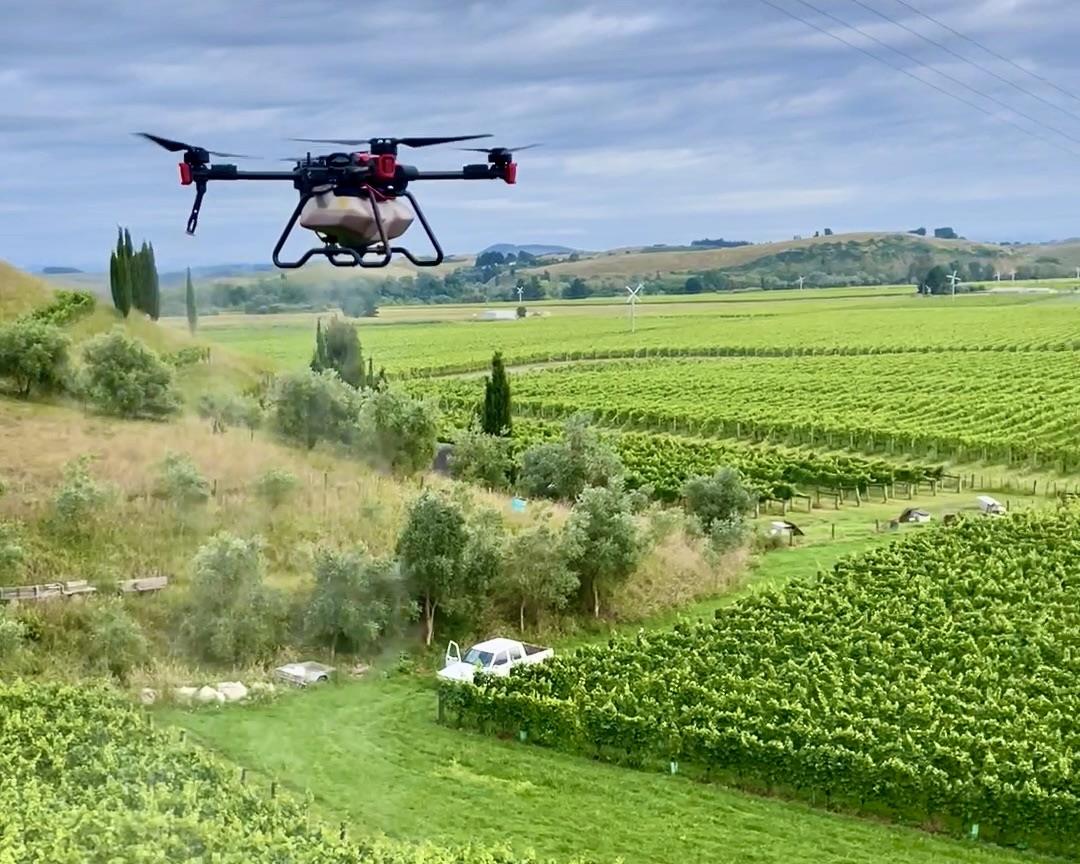Sure, please provide the date you’d like me to rewrite in day month year format.
Revolutionizing Vineyard Management in New Zealand
Key Takeaways
- The rise of drone technology is significantly enhancing vineyard management, making it safer and more efficient.
- The XAG P100 Agricultural Drone is helping New Zealand wine producers combat fungal diseases, conserve water, and reduce manual labor.
- This innovation comes at a critical time as New Zealand’s wine industry continues to flourish amidst climate challenges.
As wine grapes enter a crucial growth phase in the Southern Hemisphere, vineyard management is undergoing a transformation, thanks to the advent of drone technology. The XAG P100 Agricultural Drone, known for its substantial payload capacity, has begun flying over the picturesque hills and lush vineyards of Hawke’s Bay, New Zealand. Amid increasing challenges posed by climate change, this innovative drone is helping winemakers manage fungal diseases with minimal water usage and significantly less manual labor.

Supporting New Zealand’s Wine Industry
New Zealand has carved out a reputation as a premier grape-growing region, known for its exceptional varietals like Sauvignon Blanc and Pinot Noir. In 2022, the country exported $1.9 billion worth of wine, contributing 3.6% to its annual export revenue. This booming industry stands as one of New Zealand’s top earners.
However, grape cultivation is not without its challenges. One of the primary threats to vineyard health is powdery mildew, a fungal disease that spreads through airborne spores. As weather patterns shift and excessive rainfall becomes more common, the threat of such diseases escalates, creating additional pressure on farmers.
Fungal outbreaks necessitate regular fungicide applications to keep vineyards healthy. For Warren Gibson, manager of Bilancia Vineyard in Hawke’s Bay, the traditional methods of spraying were proving cumbersome and hazardous.
The Drone Solution
Historically, Gibson and his team employed a four-wheel motorbike to traverse the steep hillsides of their vineyard, a method fraught with risks. "On such sloped terrain, the previous way the job was done was getting too dangerous for us. And we would easily get covered in chemicals, risking our health," said Gibson. Each spraying session took approximately three hours for their two-hectare plot.
Seeking a safer alternative, Gibson looked to Airborne Solutions, XAG’s local partner in New Zealand, for a modern solution. With the help of XAG drones, the process has become streamlined. Utilizing the XAG M500 Remote Sensing Drone, they first created a detailed 3D topographic map of the vineyard. This paved the way for the XAG P100 Agricultural Drone to accurately spray according to the vineyard’s specific terrain requirements. Remarkably, the P100 can now cover the two-hectare area in just one hour.
Efficiency and Environmental Impact
What is particularly noteworthy about the P100 is its capability to optimize the spraying process. With an impressive payload of 40 kg, it can generate a strong downdraft, allowing for thorough penetration and coverage of the vines. Scott Horgan, the drone pilot, praised the drone’s rotary nozzles and customizable droplet sizes, selecting a 70-micron setting for optimal coverage against powdery mildew. Horgan explained, "With grape spraying, you need to cover every single piece of the plants; otherwise, the vine will get diseases."
Moreover, the drone operation has been revolutionary in terms of resource usage, consuming only one-fifth of the water traditionally required.

Safety First
Perhaps the most compelling advantage of using drones in the vineyards is the protection it affords to agricultural workers. Once parameters are set on a smartphone device, the XAG P100 can autonomously execute its tasks while vineyard staff monitor from safe, flat ground. This advancement eliminates the need for workers to wear heavy personal protective equipment (PPE) or navigate hazardous terrain on motorbikes in order to spray.
As the adoption of autonomous drones gains momentum, experts in the field, referred to as "Drone Nerds," claim that the potential for these technologies to scale up in viticulture is immense. While many vineyards still rely on traditional tractor sprayers and labor-intensive methods, systemic changes are necessary to address the growing labor shortages impacting the industry.
The integration of drone technology marks a significant shift in vineyard management practices, pointing toward a future where efficiency meets safety in this vital sector of New Zealand’s economy.


